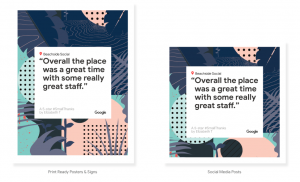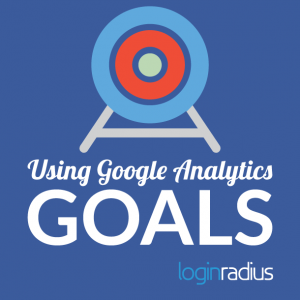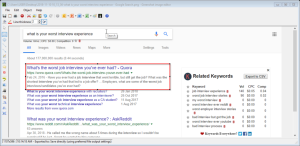
When is something relevant? Marketers are all striving to have more relevant email content with their email marketing but are they getting confused between relevance and the tools to get there, segmentation and personalisation?
Segmentation is the process of selecting who should get a particular email. And personalisation is the customisation of that message to the customer. But both of these don’t mean relevance as just choosing who gets an email doesn’t mean it will be relevant, just as customising some content – whether it be including their name, or changing a hero message based upon gender doesn’t mean it’s relevant.
Relevance needs to start with the idea that all customers are unique. No two customers are exactly alike – whether it be their taste, preferences, past purchases or date when they registered with you. This multitude of factors means relevance is subjective, based upon what the individual customer believes to be relevant.
So this does mean basic personalization or segmentation won’t be enough – it’s better than a one-size fits all approach but the majority are still likely to find your email irrelevant.
So what ways can you start being relevant?
Value is the first place to start. Value can be discounts, they can be the best products you offer, it can be the best information you have. The great thing about value is it applies across your whole customer base – everyone finds value relevant. This is why promotional emails work so well, they give customers a reason to shop right now, and as they are on your list they have a natural affinity to your offering anyway.
Another area to look at is gender and product category targeting. When not running promotional campaigns and talking about product as your primary focus there will be those customers who will switch off if it’s not one of the product areas they are interested in. This is most seen in the fashion industry where a single email is used for both male and female customers. Immediately with the wrong gender in the hero image customers feel the email isn’t for them.
Website behaviour is also good for pulling what customers are interested in right now. What products they are viewing or adding to their basket can then be used to trigger emails to help them convert.
The next level does get more complicated – how do you meet the diverse tastes of customers? For this many of our clients look to recommendation models to serve customers the products specifically suited to them.
The other area involved is increasing the number of triggers to have relevant conversations at different touchpoints. This might mean turning a welcome email into a series of welcome messages, including messages for those who have been inactive or those that have just placed their first order.
It’s not a quick process to get there, and indeed you can never truly be 100% relevant as there are so many unknowns. Yet the more segmentation, personalisation and therefore relevance you can add into your email programmes, the greater success you will have.
Digital & Social Articles on Business 2 Community(49)




